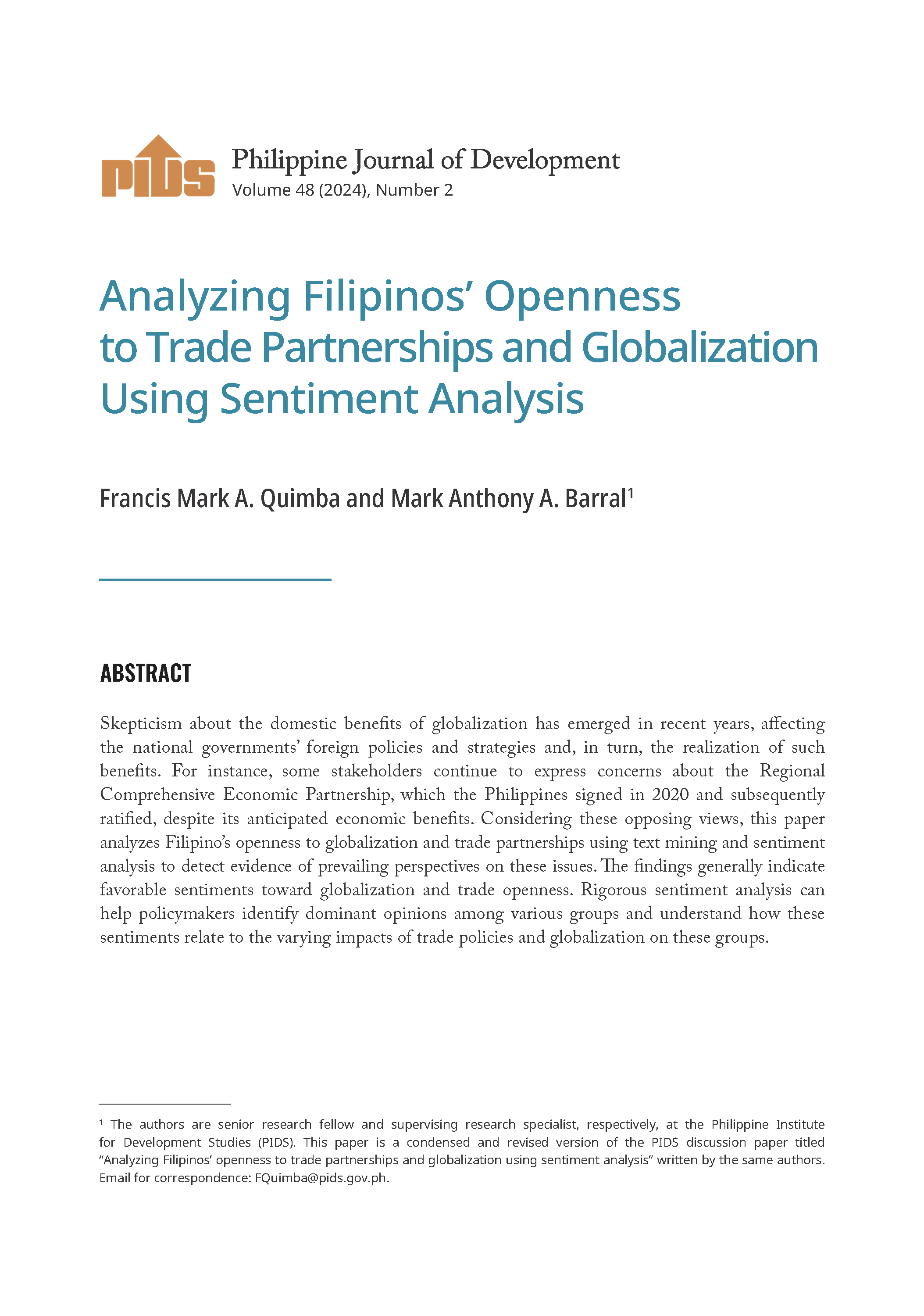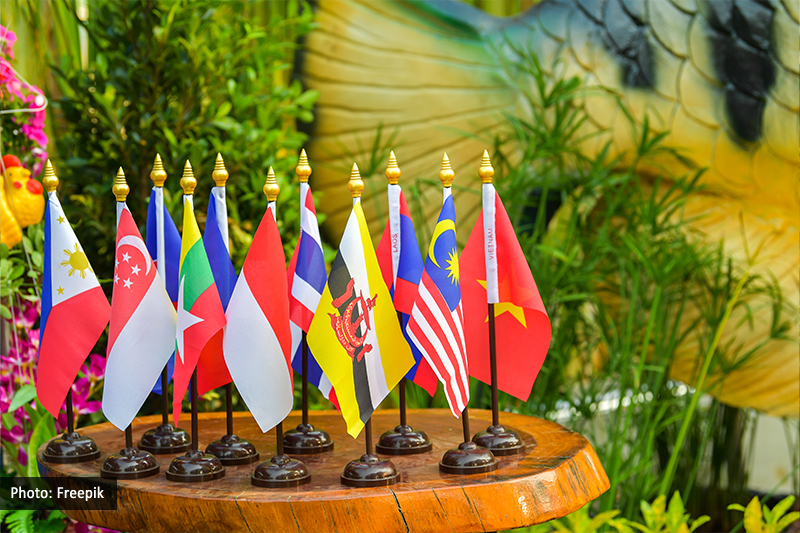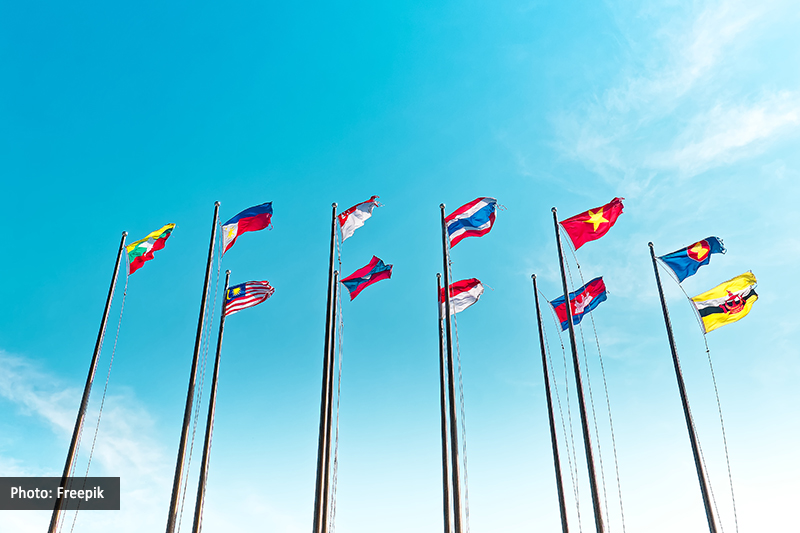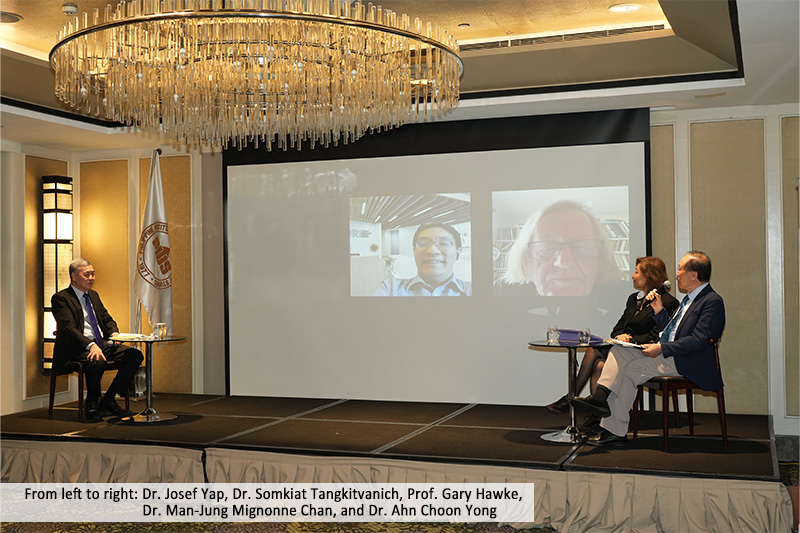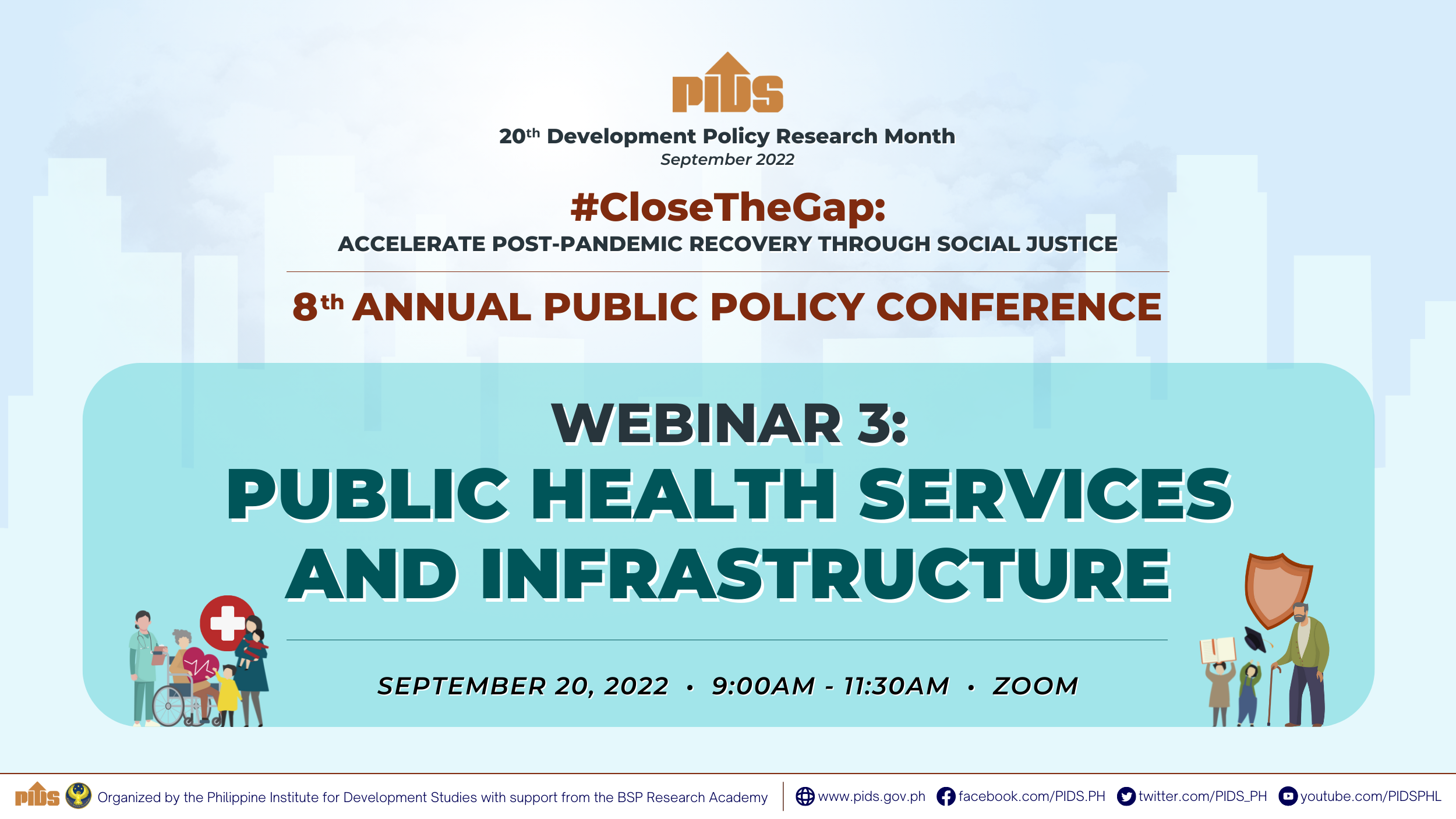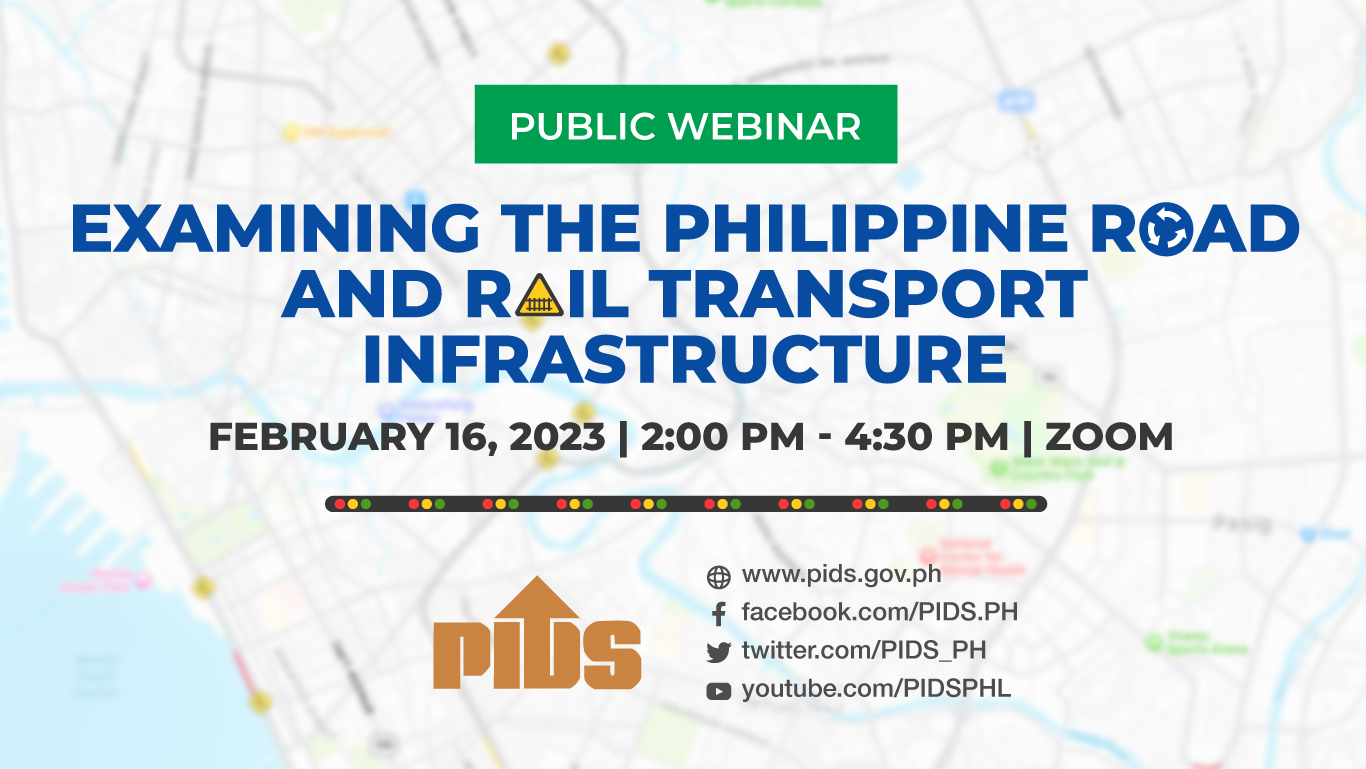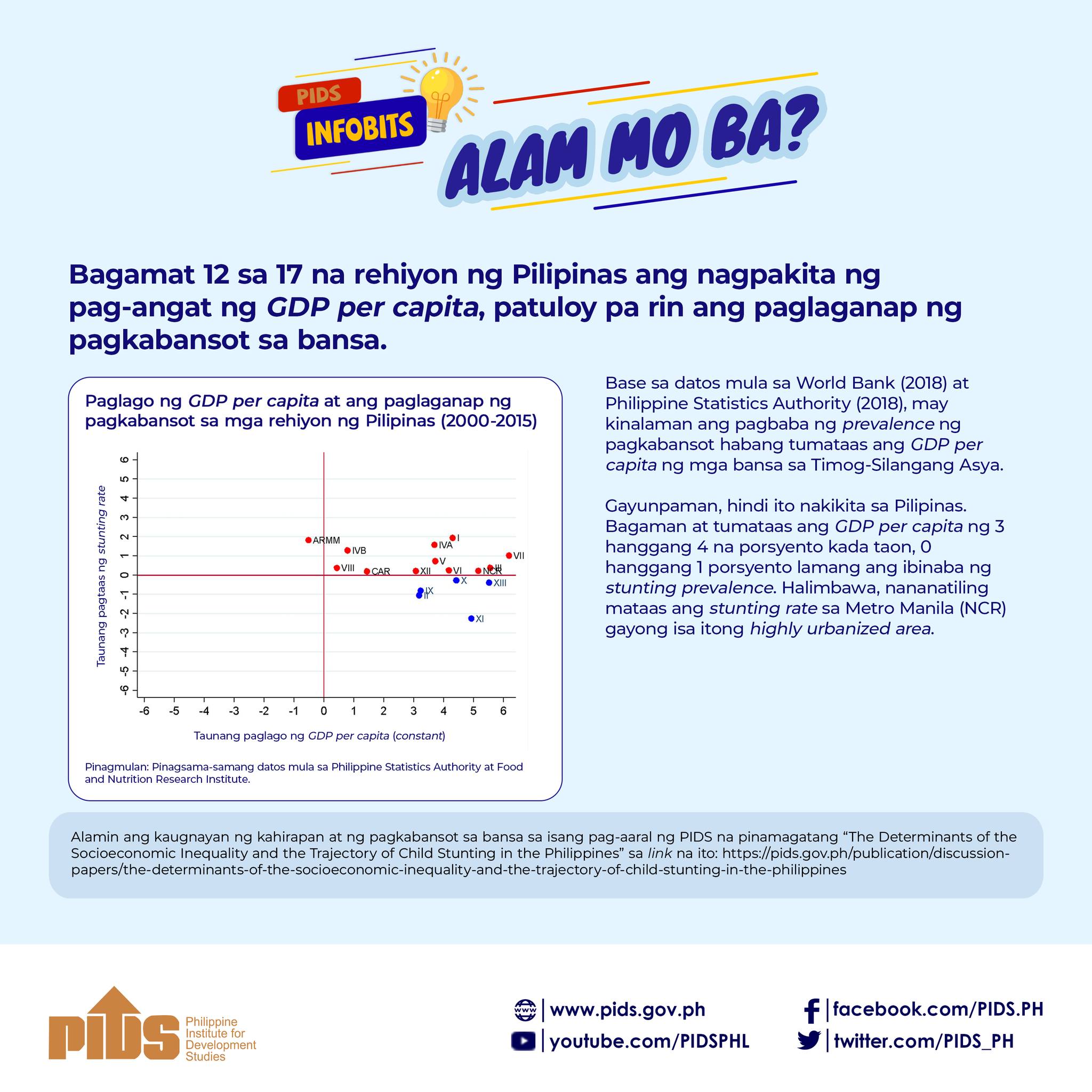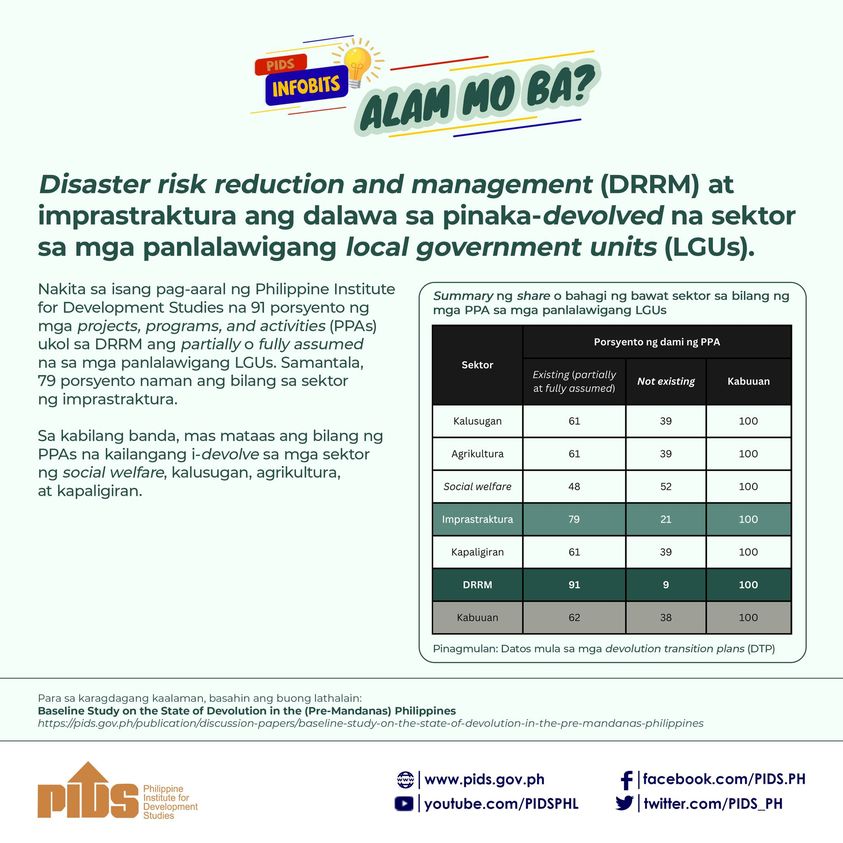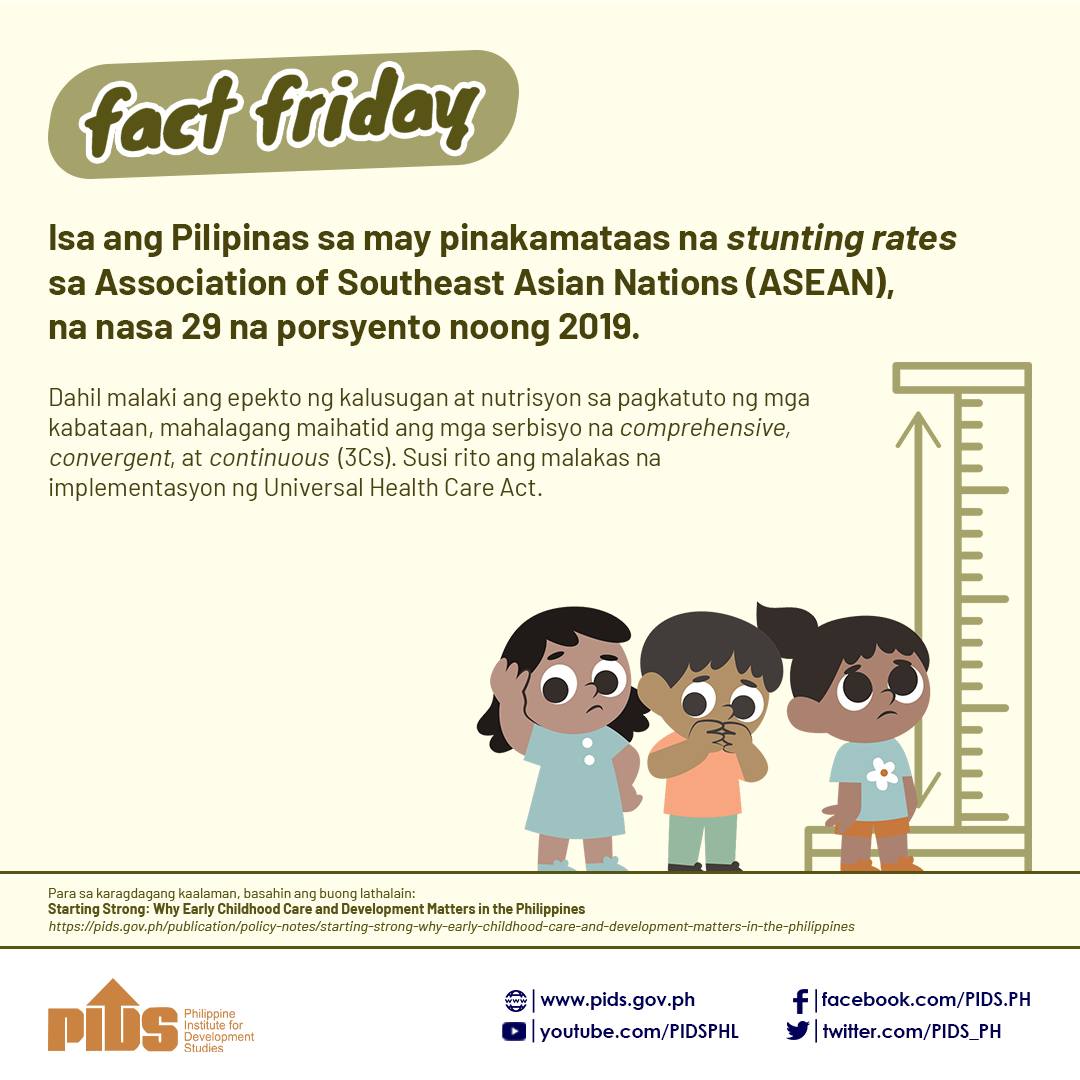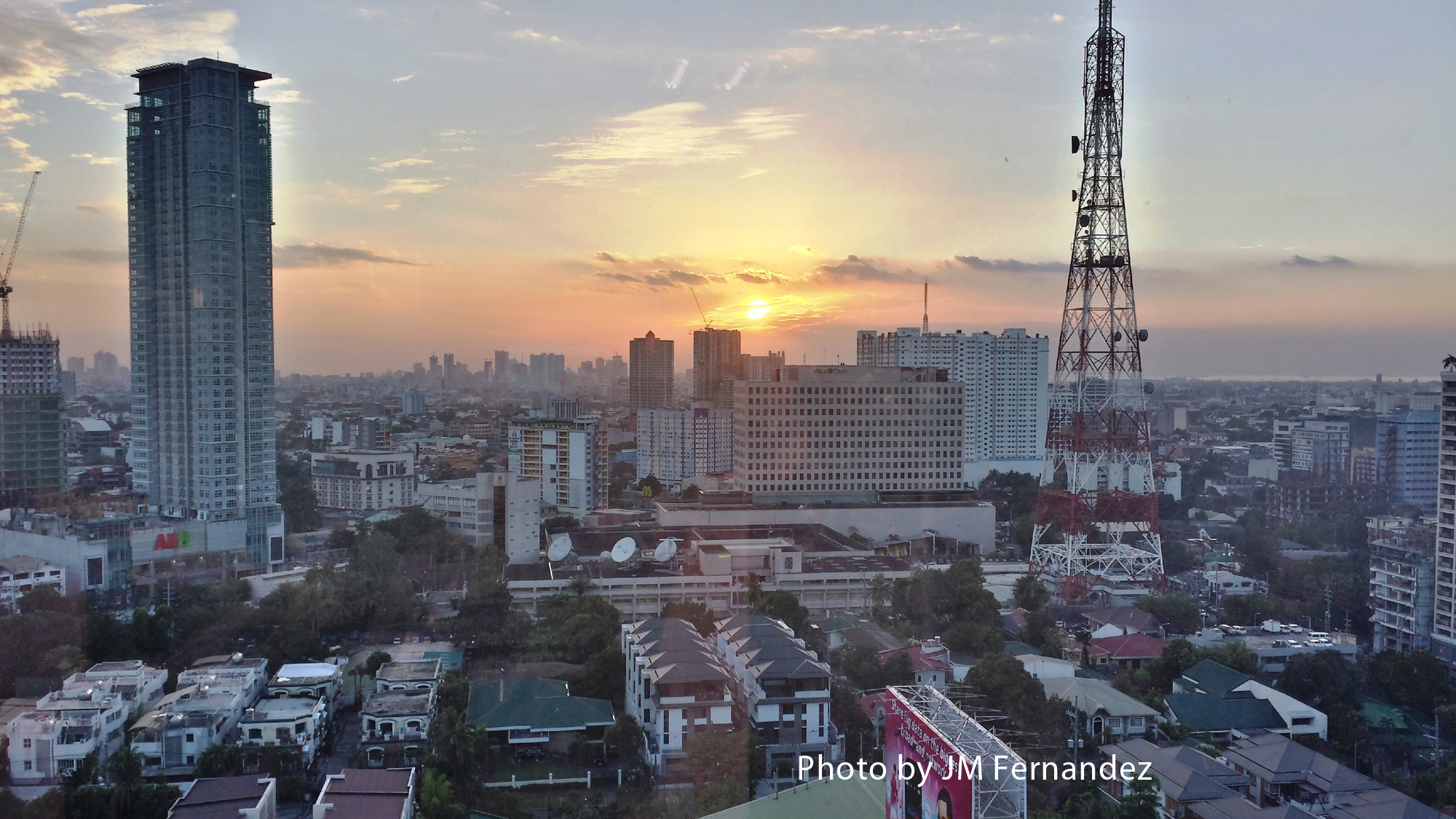
International experts identify inadequate physical facilities, cumbersome procedures, and varying international business standards as major stumbling blocks in sustaining the free flow of goods in ASEAN countries.
These barriers, they say, can adversely affect ASEAN’s goal of a cohesive, competitive, and robust economic environment among its member-states.
Inadequate infra investments
In his presentation at the public symposium on ASEAN Economic Integration and Nation Building held in Manila, Dr. Ruth Banomyong, Centre for Logistics Research Director of Thammasat University, said it is important to invest in infrastructure such as transportation and telecommunications to create seamless interconnectivity among ASEAN nations.
Discussing the same topic, Dr. Epictetus Patalinghug, professor emeritus of economics and finance at the University of the Philippines, also underscored the significance of infrastructure development in ASEAN integration.
He explained that “infrastructure investment creates a return of 5% to 25% globally”, adding that “physical connectivity associated with infrastructure affects 7% to 10% of an economy’s overall productivity.”
However, Banomyong revealed that ASEAN lacks funds to support infrastructure requirements, stating further that financial allocation remains to be a national decision. To ensure availability of budget for the region’s trade and logistics requirement, member-states should align their national thrusts to ASEAN’s priorities, he said.
Patalinghug, on the other hand, encouraged regional cooperation among ASEAN nations to establish and nurture the policy environment for new regional infrastructure projects, as well as sustain programs that support investments in trade and transport-related facilities.
Burdensome regulatory procedures
Meanwhile, Maura D’ecosterd, Senior Trade Law and Policy Officer of the Economic Research Institute for ASEAN and East Asia (ERIA), noted that unnecessary and lengthy import and export procedures within ASEAN countries can hamper economic development.
“Regulation matters because if poorly designed or inadequate, it can adversely affect economic performance,” she posited.
D’ecosterd said delays caused by domestic transport, corruption, restrictions on hours of truck operations, and constraints on equity participation in logistics can add to domestic and transport costs, either directly, and can discourage potential investments.
She explained that poor customs procedures can increase both time and dollar costs, therefore, efficient regulation and regulatory coherence among ASEAN member-states is necessary.
According to D’ecosterd, dollar and time costs are reduced when customs regulations are less restrictive, transport links are more contestable, fewer documents are required, and finance services are better.
Fragmented and varying int’l standards
Another issue on ASEAN trade facilitation is the differing standards and policies of member-states on free flow of goods across international borders.
This refers to those that hinder foreign or domestic access such as quotas, local content requirements, and technical standards that make it difficult to import and export products in a country.
According to Banomyong, the legal frameworks outlined to facilitate efficient trade in the ASEAN region are in place but are not fully implemented because specific protocols have not yet been approved by member-states.
He said these mutually-recognized policies should be harmonized to enhance ASEAN’s trade and production networks, as well as to establish a more unified market for its firms and consumers.
D’ecosterd added that most of these protocols remain at the pilot stage, stressing that political will is imperative for these agreements to push through.
Measures to address barriers
To address these barriers, the experts proposed the adoption of digital technology in micro, small, and medium enterprises to improve their financial access and the use of open data among ASEAN member-states.
Other recommended strategies include reducing the number of trade-distorting nontariff measures across ASEAN nations, as well as diminishing the gap between vocational skills demand and supply in the region.
They also suggested the creation of a comprehensive baseline data on the logistics capability and best practices of each member-state to get a better perspective of the ASEAN trading corridor, as well as to better address barriers concerning reliability and logistics performance, among others. ###
These barriers, they say, can adversely affect ASEAN’s goal of a cohesive, competitive, and robust economic environment among its member-states.
Inadequate infra investments
In his presentation at the public symposium on ASEAN Economic Integration and Nation Building held in Manila, Dr. Ruth Banomyong, Centre for Logistics Research Director of Thammasat University, said it is important to invest in infrastructure such as transportation and telecommunications to create seamless interconnectivity among ASEAN nations.
Discussing the same topic, Dr. Epictetus Patalinghug, professor emeritus of economics and finance at the University of the Philippines, also underscored the significance of infrastructure development in ASEAN integration.
He explained that “infrastructure investment creates a return of 5% to 25% globally”, adding that “physical connectivity associated with infrastructure affects 7% to 10% of an economy’s overall productivity.”
However, Banomyong revealed that ASEAN lacks funds to support infrastructure requirements, stating further that financial allocation remains to be a national decision. To ensure availability of budget for the region’s trade and logistics requirement, member-states should align their national thrusts to ASEAN’s priorities, he said.
Patalinghug, on the other hand, encouraged regional cooperation among ASEAN nations to establish and nurture the policy environment for new regional infrastructure projects, as well as sustain programs that support investments in trade and transport-related facilities.
Burdensome regulatory procedures
Meanwhile, Maura D’ecosterd, Senior Trade Law and Policy Officer of the Economic Research Institute for ASEAN and East Asia (ERIA), noted that unnecessary and lengthy import and export procedures within ASEAN countries can hamper economic development.
“Regulation matters because if poorly designed or inadequate, it can adversely affect economic performance,” she posited.
D’ecosterd said delays caused by domestic transport, corruption, restrictions on hours of truck operations, and constraints on equity participation in logistics can add to domestic and transport costs, either directly, and can discourage potential investments.
She explained that poor customs procedures can increase both time and dollar costs, therefore, efficient regulation and regulatory coherence among ASEAN member-states is necessary.
According to D’ecosterd, dollar and time costs are reduced when customs regulations are less restrictive, transport links are more contestable, fewer documents are required, and finance services are better.
Fragmented and varying int’l standards
Another issue on ASEAN trade facilitation is the differing standards and policies of member-states on free flow of goods across international borders.
This refers to those that hinder foreign or domestic access such as quotas, local content requirements, and technical standards that make it difficult to import and export products in a country.
According to Banomyong, the legal frameworks outlined to facilitate efficient trade in the ASEAN region are in place but are not fully implemented because specific protocols have not yet been approved by member-states.
He said these mutually-recognized policies should be harmonized to enhance ASEAN’s trade and production networks, as well as to establish a more unified market for its firms and consumers.
D’ecosterd added that most of these protocols remain at the pilot stage, stressing that political will is imperative for these agreements to push through.
Measures to address barriers
To address these barriers, the experts proposed the adoption of digital technology in micro, small, and medium enterprises to improve their financial access and the use of open data among ASEAN member-states.
Other recommended strategies include reducing the number of trade-distorting nontariff measures across ASEAN nations, as well as diminishing the gap between vocational skills demand and supply in the region.
They also suggested the creation of a comprehensive baseline data on the logistics capability and best practices of each member-state to get a better perspective of the ASEAN trading corridor, as well as to better address barriers concerning reliability and logistics performance, among others. ###

